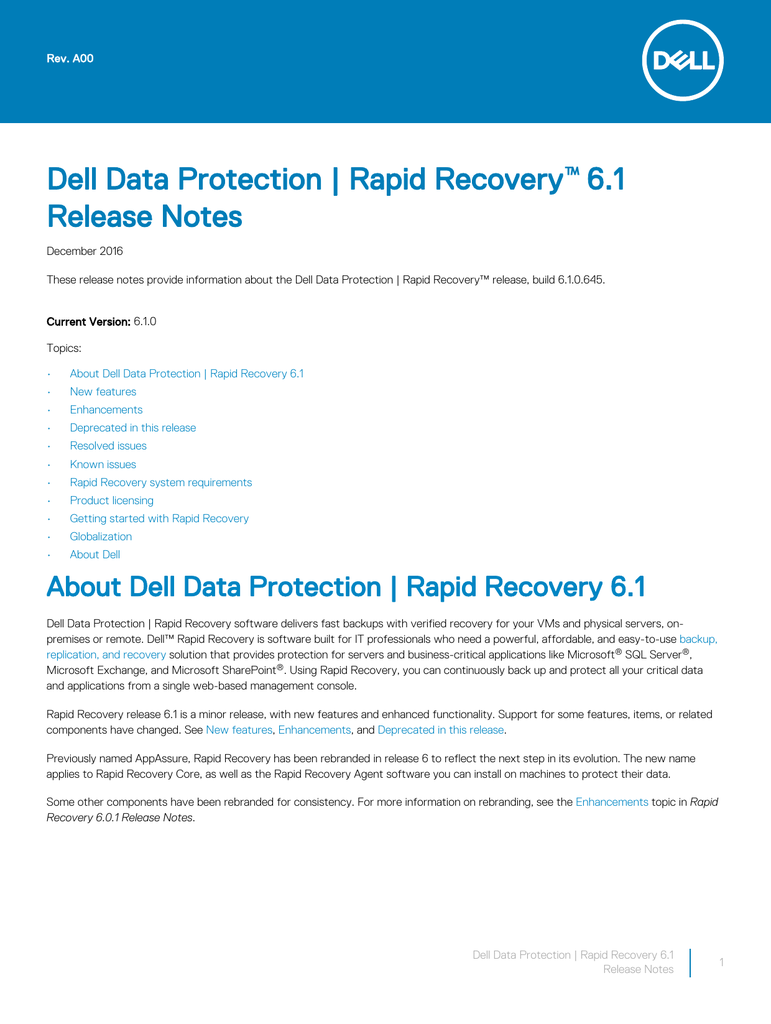
This is expected, as by default PowerShell does not allow the execution of any saved script files. If you have never run scripts with PowerShell before, you are going to get the following error: Once all three installation files are in the same folder, run the Install.ps1 with PowerShell. Install.ps1 – This is the installation script that, when run will automatically integrate the cmdlets in Windows PowerShell and create the necessary system folders on your diskĪfter downloading the scripts.zip file, you can extract the contents to a location of your choice, for example at C:\Users\\Desktop\ApexSQL_DevOps It contains general information about this module like the version, author and copyright statements, as well as a list of the available cmdletsĪpexSQL_DevOps.psm1 – This is the actual source code file, containing all the PowerShell cmdlets zip will contain three (3) files:ĪpexSQL_DevOps.psd1 – This is the module manifest file. There, you can download the One-click-automation-and-Build-server-integration scripts individually or as a zip file. To do that, follow our product page and by clicking “Download” you will be led to our GitHub repository. Once you have PowerShell 5.0 installed, you can go ahead and download the ApexSQL DevOps toolkit installation module.

Additional details on system requirements and installation instructions can be found here. Other than that, it can be installed on Windows 7 SP1 or later. PowerShell 5.0 is installed by default on Windows Server 2016 Technical Preview and Windows 10. Otherwise, you can download PowerShell 5.0 version from here If the Major version is five (5), then you are good to go. If you are unsure of which PowerShell version you have on your system, you can easily determine that by opening Windows PowerShell and running the $PSVersionTable.PSVersion command:

As new versions of PowerShell are released, we will most likely update our system requirements as well. The number of tools/steps required is based on how extensive a CI/CD workflow pipeline is designed to be.įor a full list of steps and related tools see the ApexSQL DevOps toolkit product pageĪs of this post, the ApexSQL PowerShell cmdlets are running on PowerShell 5.0, so in order to get started, you will need to make sure that you have this version installed.

Note that not all (or even most) of these tools are required.

This script can be run either stand-alone, or get integrated into any build server that supports PowerShell/CLI.įirst, in order to be able to start using the ApexSQL DevOps toolkit, the necessary ApexSQL developer tools that will be involved in each of the CI and CD steps should be installed. The ApexSQL DevOps toolkit provides a set of PowerShell cmdlets that can be configured to create a one-click PowerShell script to run your custom SQL Server database CI, CD or custom pipeline. This article explains how to download the ApexSQL DevOps cmdlets from GitHub and install them, to integrate into Windows PowerShell.


 0 kommentar(er)
0 kommentar(er)
